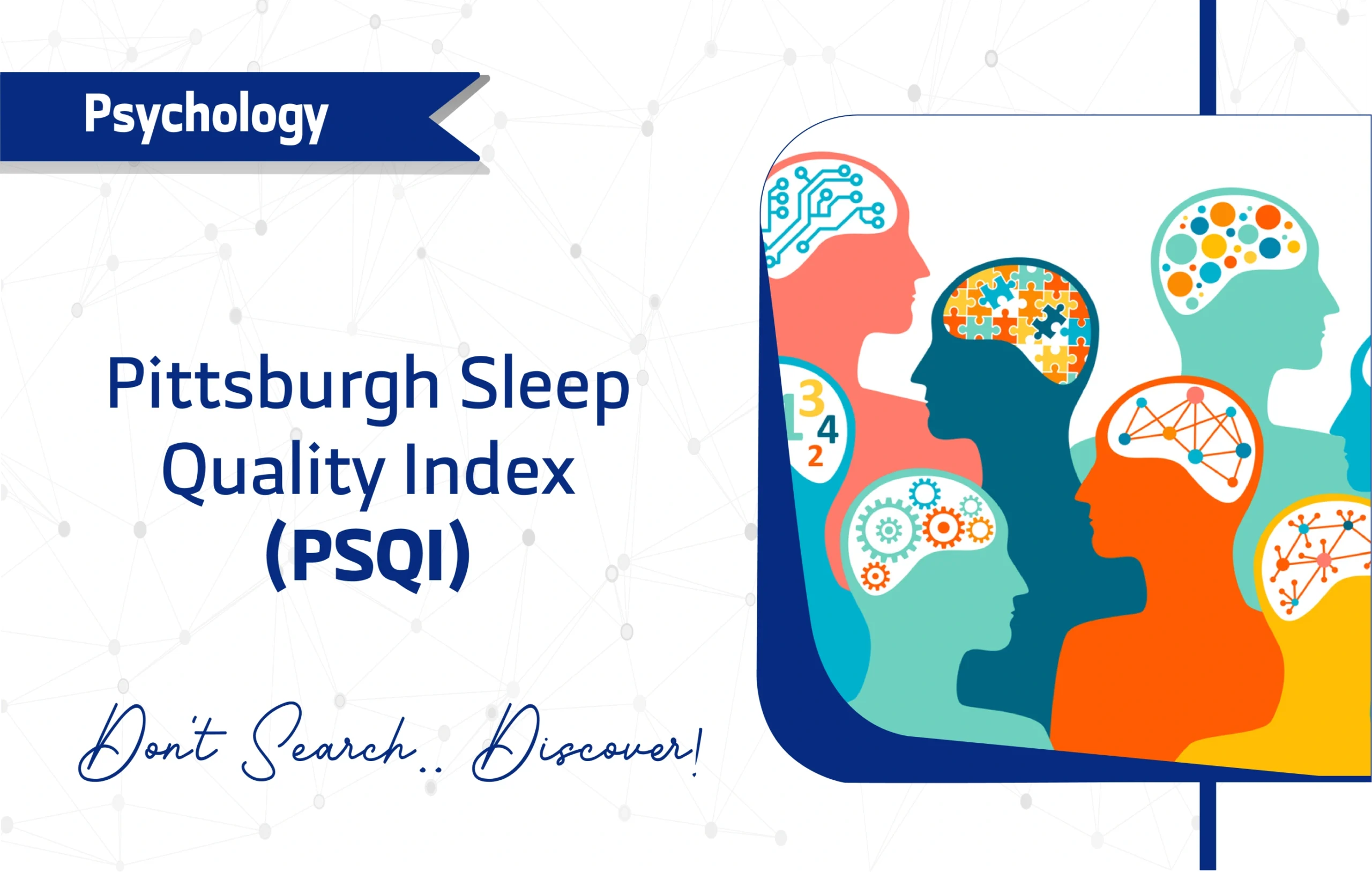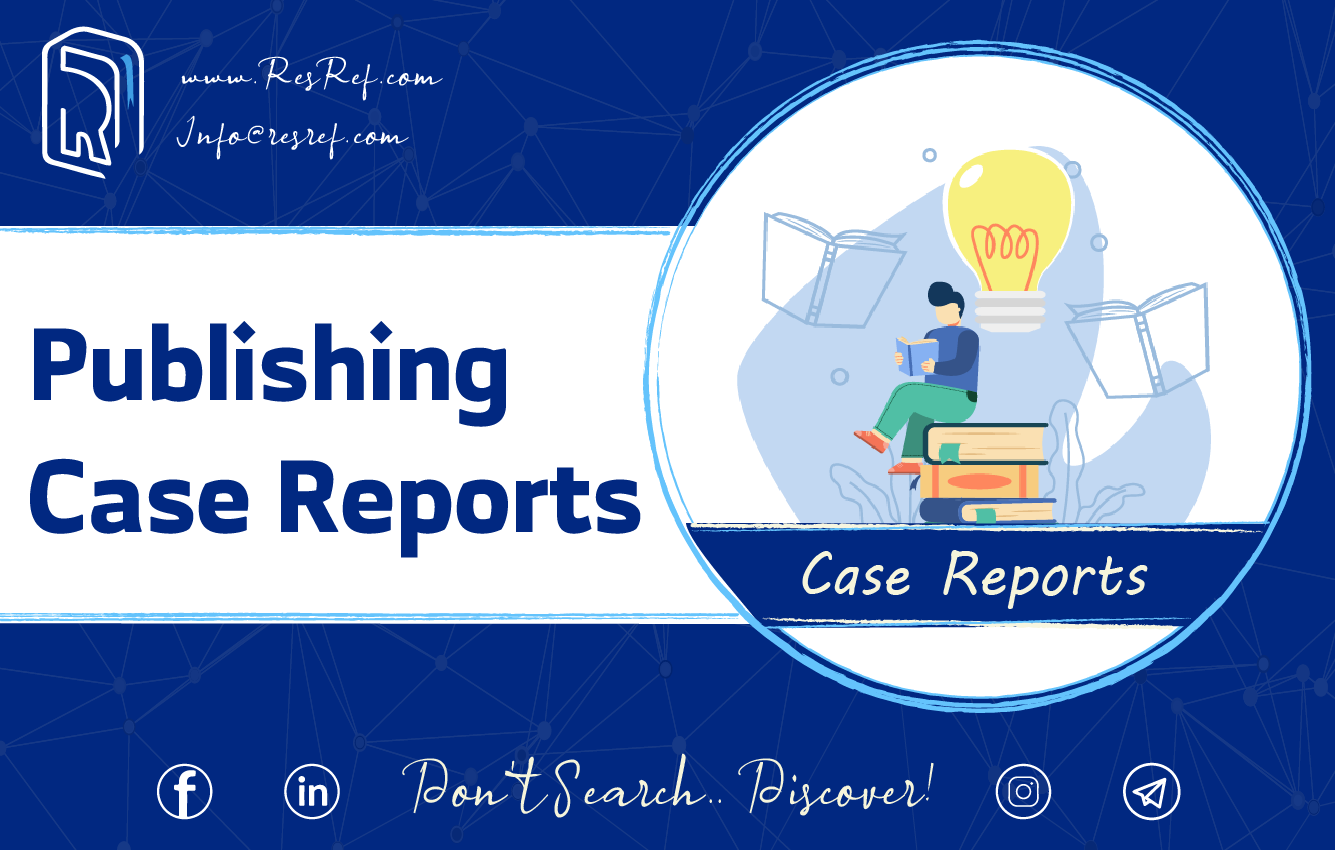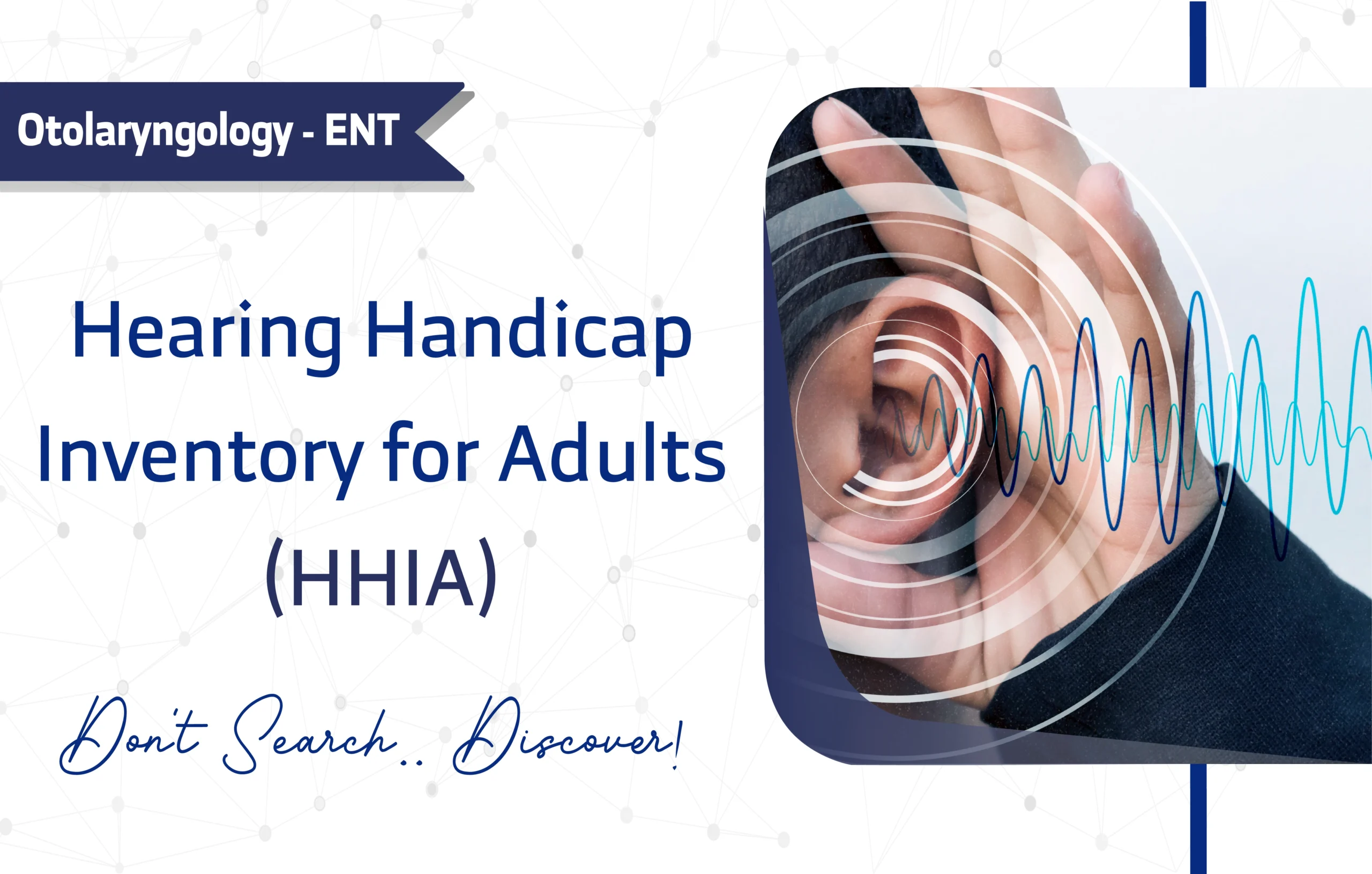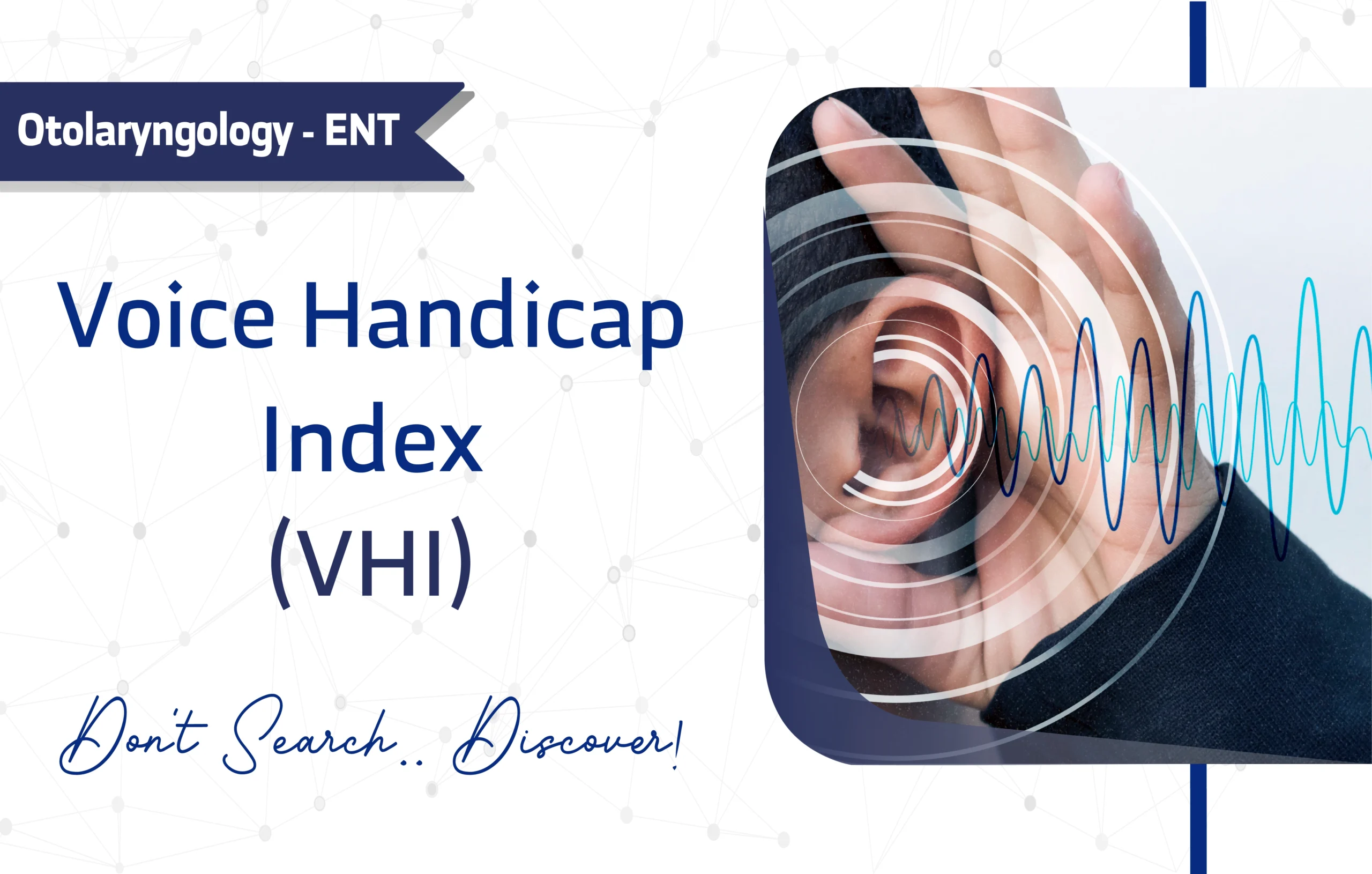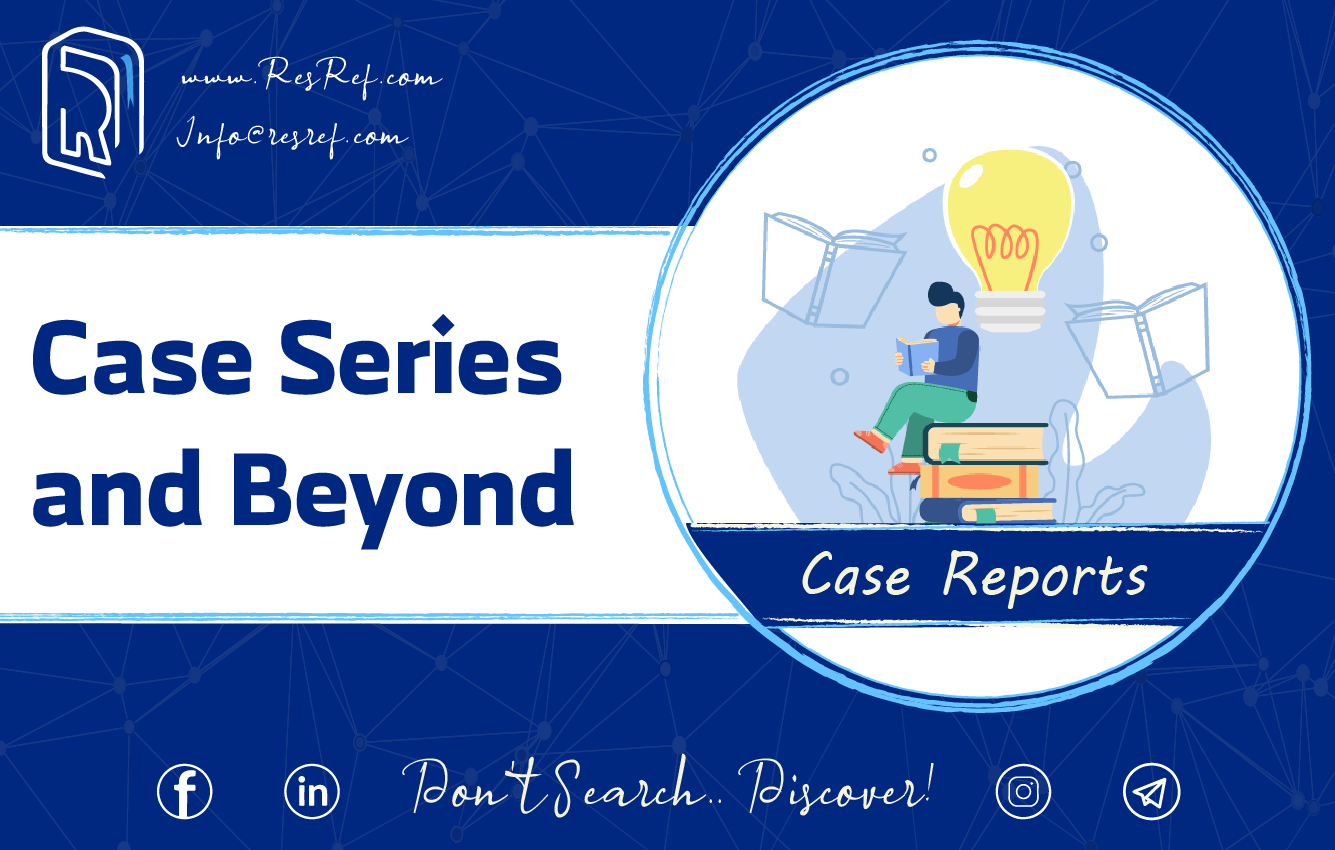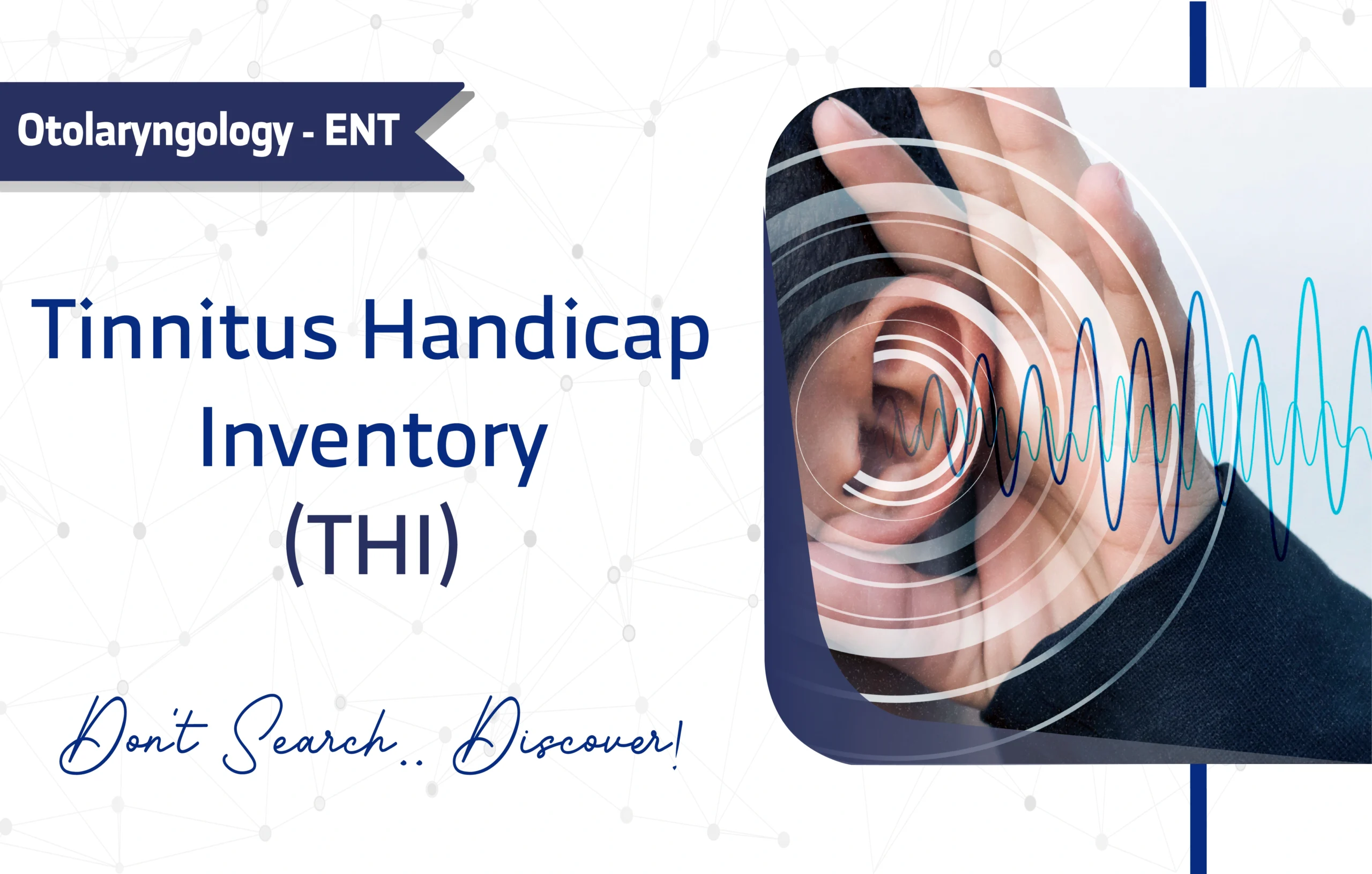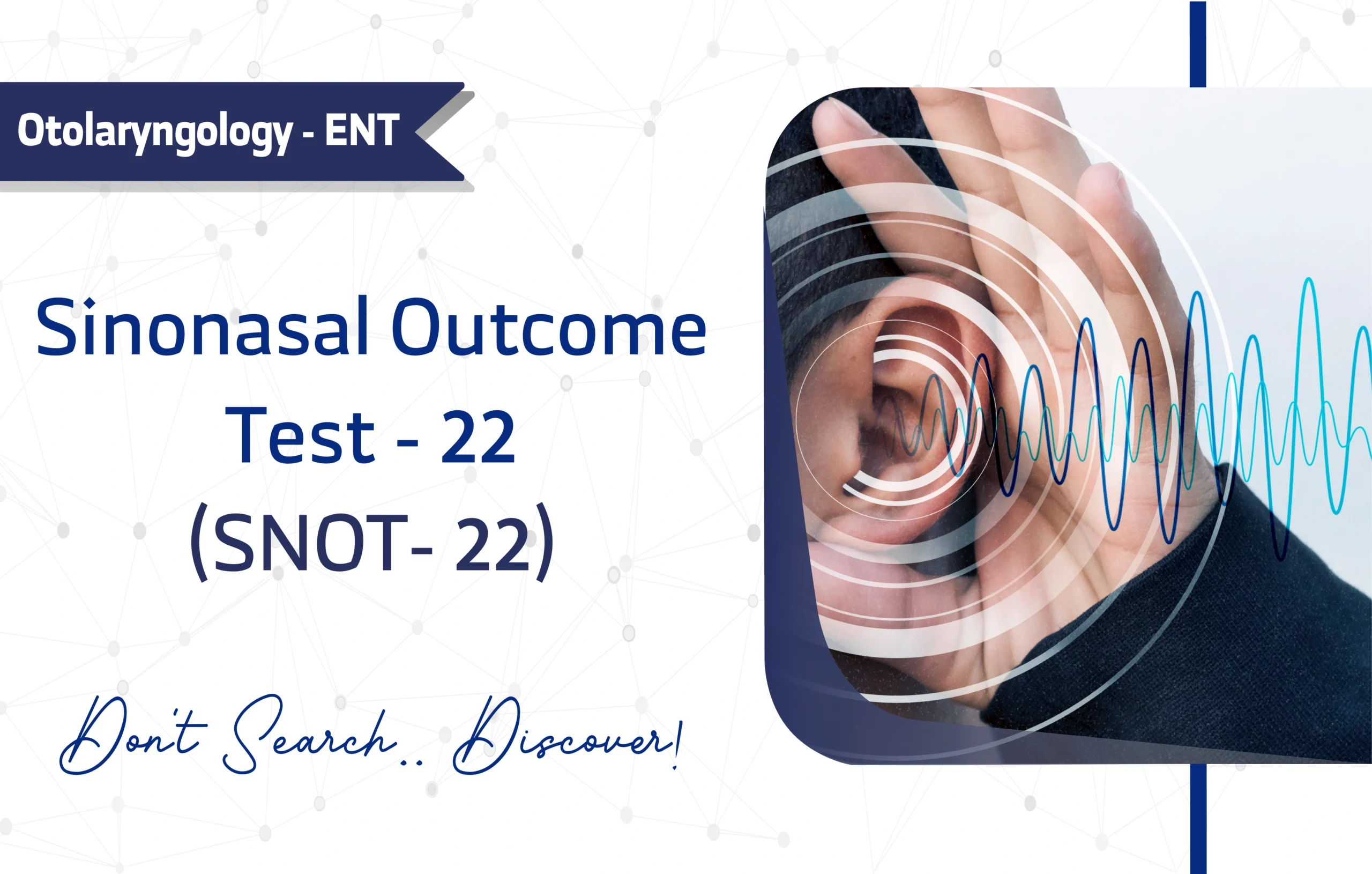Introduction
The Pittsburgh Sleep Quality Index (PSQI) stands as a foundational self-report questionnaire, meticulously designed to assess sleep quality over a one-month interval. Initially developed by Dr. Daniel Buysse et al, at the University of Pittsburgh, this instrument has since become an indispensable tool in both psychiatric practice and research. With over 40,000 citations on Google Scholar, the PSQI’s widespread adoption thus underscores its profound impact and reliability within clinical and research settings.
This comprehensive article will therefore delve into the PSQI’s key features, diverse applications, and clinical significance offering researchers and clinicians actionable insights and enhancing patient assessment in various contexts where sleep quality is a critical factor.
Key Features of the Pittsburgh Sleep Quality Index (PSQI)
Purpose and Use
The primary purpose of the PSQI is to comprehensively assess an individual’s sleep quality over a one-month period.
Specifically, clinicians widely use it for screening for sleep difficulties and monitoring patient progress over time. They also rely on the PSQI as a primary outcome measure in clinical trials and epidemiological studies, consequently focusing on sleep disorders and recovery.
Its focus on tangible sleep habits and disturbances makes it an indispensable tool for developing effective care plans and research protocols.
Target Population
Developers validated the PSQI for adult populations, particularly those aged 18 and older. This includes:
- Young adults (18-24 years)
- Middle-aged adults (25-44 years)
- Older adults (45-64 years)
- Seniors (65+ years)
Consequently, clinicians and researchers frequently apply it to assess individuals experiencing sleep disturbances or those participating in studies related to sleep health.
Questionnaire Details
The PSQI is a concise, 19-item questionnaire designed to evaluate various aspects of sleep quality. Notably, the questionnaire groups these 19 items into seven distinct components, each addressing a critical sub-domain of sleep:
- Subjective Sleep Quality: uses a Likert scale (0-3) to measure overall sleep satisfaction with questions like “How would you rate your sleep quality overall?”
- Sleep Latency: combines open-ended and scaled questions to determine how long it takes to fall asleep, asking both “How many minutes does it typically take you to fall asleep?” and “How often do you have difficulty falling asleep within 30 minutes?”
- Sleep Duration: is assessed through a simple open-ended question about total nightly sleep hours.
- Habitual Sleep Efficiency: is calculated from responses about bedtime and wake time.
- Sleep Disturbances: component uses scaled questions (0-3) to evaluate nighttime awakenings and sleep interruptions.
- Use of Sleeping Medication: tracks frequency of sleep aid consumption through scaled questions.
- Daytime Dysfunction: Examines how sleep problems affect daily activities and energy levels using items about daytime sleepiness and energy levels.
Furthermore, the questionnaire includes five additional questions rated by a bedpartner or roommate, if available. These latter five questions provide exclusively clinical information; However, they do not factor into the overall PSQI score.
Scoring Method
The PSQI utilizes a rating scale where each of the seven component scores ranges from 0 to 3. In this scoring system, a higher score unequivocally indicates greater dysfunction or disturbance in that specific sleep component.
Subsequently, researchers sum the seven individual component scores to yield a global PSQI score, which can range from 0 to 21. Higher scores indicate poorer sleep quality, with score greater than 5 suggests significant sleep difficulties.
It should be noted that a Global score over 5 indicates “poor sleep quality.”
This clear scoring system consequently allows clinicians to quickly ascertain a patient’s overall sleep quality and the severity of their sleep problems.
Administration Format
Administering the PSQI is remarkably efficient as it can be administered via:
- Paper-based forms
- Digital (Online)
- Mobile App
- In-person interview
- Phone/Video Call
It typically requires only 5-10 minutes for completion, thus making it highly practical for busy settings.
Furthermore, no special training is required as it’s considered a self-administered tool
Applications of the Pittsburgh Sleep Quality Index (PSQI)
The PSQI is a versatile instrument with several key applications in both clinical practice and research, indeed proving its utility across various settings. The PSQI serves as an invaluable tool for:
- Screening: It quickly identifies patients who may require further evaluation for sleep disorders.
- Monitoring: Clinicians track a patient’s progress or decline in sleep quality over time, especially during interventions or treatments.
- Research: It functions as a reliable outcome measure for studies evaluating interventions aimed at improving sleep quality or understanding the impact of sleep disturbances on various health conditions.
- Treatment Planning: The score directly helps professionals tailor educational programs and care plans
Languages and Availability
To support its global application and enhance its utility in diverse populations, researchers have translated and validated the PSQI in numerous languages. The PSQI is available in languages including:
- Arabic
- English
- Mandarin Chinese
- Spanish
- French
- Russian
Translations exist in 56 more languages.
It should be noted that The University of Pittsburgh owns the tool, and they make it available for free for non-commercial research and educational purposes.
Provided users may not make changes or modifications without prior written permission from the University of Pittsburgh.
Reliability and Validity
Experts recognize the PSQI as a highly reliable and valid instrument for assessing sleep quality.
Specifically, a strong Cronbach’s alpha, typically around 0.83, supports its psychometric soundness, which reflects excellent internal consistency. Indeed, numerous validation studies have confirmed its robustness across various patient populations and settings.
Limitations and Considerations
Despite its strengths, the PSQI has a few limitations:
- Self-report measure: As a self-report measure, responses can be influenced by a patient’s subjective perception or recall bias.
- Cultural Bias: The definitions of sleep habits and disturbances may not translate perfectly across all cultures.
- Length: Some patients may find the 19-item questionnaire lengthy, potentially leading to respondent fatigue.
- Social Desirability Bias: Responses can be influenced by patients’ desire to present themselves in a favorable light.
The PSQI is only validated for the time frame specified in the PSQI (monthly assessment). If you collect in a different time frame, the instrument will no longer be considered validated.
Other Versions and Related Questionnaires
It is useful for researchers to be aware of other versions of this scale like the
- PSQI Addendum for PTSD (PSQI-A).
Additionally, the PSQI is often used alongside other assessment tools like
- Insomnia Severity Index (ISI)
- Epworth Sleepiness Scale (ESS)
Additional Resources
- The original validation study link
- Access the questionnaire as PDF from this link.
- For Inquiries Contact The Center for Sleep and Circadian Science (CSCS)
- PSQI Score Calculator link
Frequently Asked Questions (FAQ)
- Who can use the PSQI?
Clinicians, researchers, and other healthcare providers use the PSQI for adults aged 18 and over, particularly in contexts of sleep research, clinical diagnosis, and monitoring. - How long does it take to complete the PSQI?
Patients and clinicians can complete the assessment in 5 to 10 minutes, thus making it highly practical for busy settings. - How is the PSQI administered?
Healthcare teams can administer the questionnaire via paper-based forms, digitally (online), mobile app, phone\video call or through an in-person interview format. - Is there any cost to using the PSQI?
While researchers can use it freely for non-commercial research and educational purposes (with proper citation and without modification), the University of Pittsburgh nonetheless requires permission for modifications or commercial use.
A word from ResRef about the Pittsburgh Sleep Quality Index (PSQI)
The Pittsburgh Sleep Quality Index (PSQI) is a brief, reliable tool for assessing sleep quality over the past month. A global score greater than 5 indeed indicates poor sleep quality, with good sensitivity and specificity. Researchers freely access it for non-commercial use; furthermore, it is easy to administer and widely employed in both clinical practice and research settings. For a comprehensive assessment, clinicians often combine it with other sleep or psychological measures.
Sleep well, live well!
References
- Buysse, D. J., Reynolds, C. F., Monk, T. H., Berman, S. R., & Kupfer, D. J. (1989). The Pittsburgh Sleep Quality Index: A new instrument for psychiatric practice and research. Psychiatry Research, 28(2), 193–213.link
- Grandner, M. A., Kripke, D. F., Yoon, I. Y., & Youngstedt, S. D. (2006). Criterion validity of the Pittsburgh Sleep Quality Index: Investigation in a non-clinical sample. Sleep and biological rhythms, 4, 129-136.Link.


